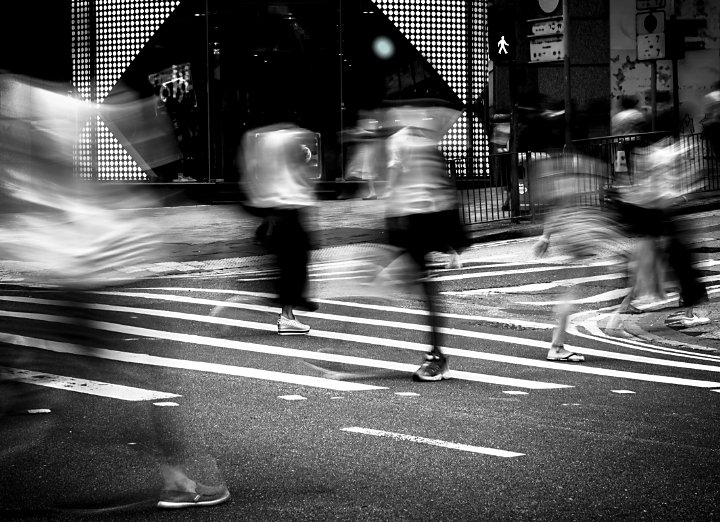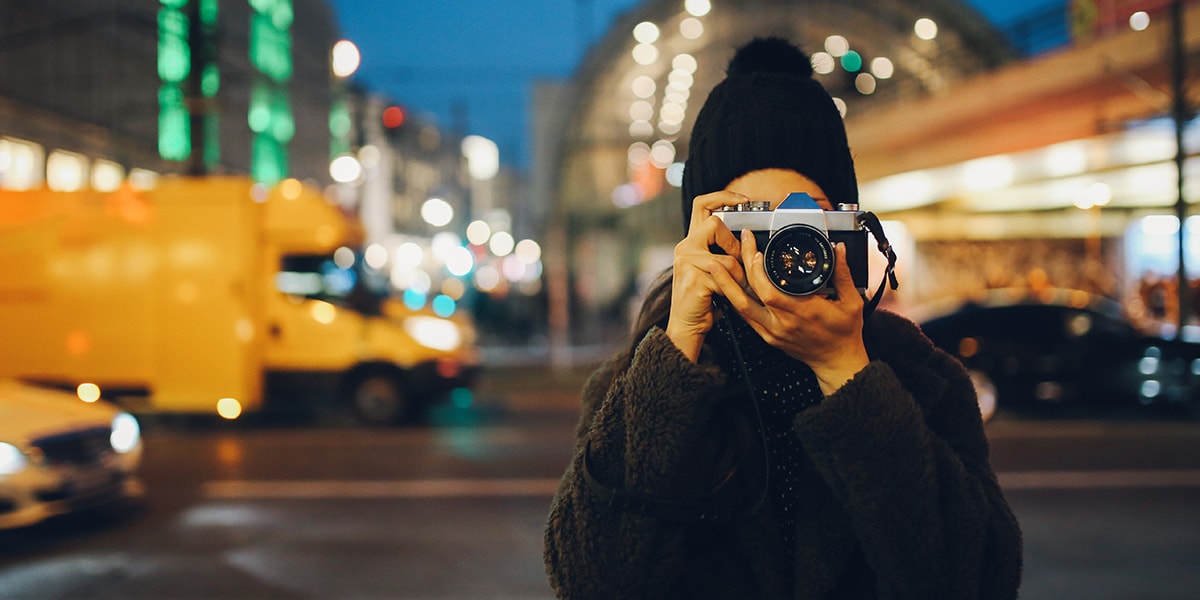The Facts About Framing Streets Uncovered
The Facts About Framing Streets Uncovered
Blog Article
See This Report on Framing Streets
Table of ContentsFacts About Framing Streets UncoveredGet This Report on Framing Streets7 Easy Facts About Framing Streets ShownThe Best Guide To Framing StreetsFraming Streets Fundamentals ExplainedWhat Does Framing Streets Do?
, generally with the purpose of recording images at a crucial or emotional moment by cautious framework and timing. https://framing-streets-44888302.hubspotpagebuilder.com/framingstreets1/framing-streets-capturing-life-through-street-photography.
See This Report on Framing Streets
Susan Sontag, 1977 Street photography can concentrate on individuals and their habits in public. In this respect, the street digital photographer resembles social docudrama digital photographers or photographers that additionally operate in public places, however with the aim of catching relevant occasions. Any one of these photographers' images may catch individuals and residential property visible within or from public areas, which frequently entails browsing moral concerns and legislations of personal privacy, safety and security, and property.
Depictions of day-to-day public life develop a category in nearly every period of world art, starting in the pre-historic, Sumerian, Egyptian and early Buddhist art durations. Art handling the life of the street, whether within views of cityscapes, or as the dominant concept, shows up in the West in the canon of the Northern Renaissance, Baroque, Rococo, of Romanticism, Realism, Impressionism and Post-Impressionism.
The 6-Minute Rule for Framing Streets
Louis Daguerre: "Blvd du Temple" (1838 or 1839) In 1838 or 1839 the very first photograph of numbers in the street was recorded by Louis-Jacques-Mand Daguerre in among a pair of daguerreotype views taken from his studio home window of the Blvd du Temple in Paris. The 2nd, made at the height of the day, shows an uninhabited stretch of street, while the other was taken at concerning 8:00 am, and as Beaumont Newhall records, "The Boulevard, so frequently loaded with a moving throng of pedestrians and carriages was perfectly solitary, other than a person that was having his boots combed.
Subsequently his boots and legs were well defined, however he lacks body or head, since these were in activity." Charles Ngre, waterseller Charles Ngre. https://detts-mccleocy-skath.yolasite.com/ was the very first photographer to achieve the technological sophistication called for to sign up people in activity on that site the road in Paris in 1851. Digital Photographer John Thomson, a Scotsman collaborating with reporter and social activist Adolphe Smith, released Street Life in London in twelve regular monthly installments starting in February 1877
The Definitive Guide for Framing Streets
Eugene Atget is considered a progenitor, not because he was the first of his kind, however as a result of the popularisation in the late 1920s of his document of Parisian streets by Berenice Abbott, who was inspired to embark on a comparable documentation of New york city City. [] As the city established, Atget assisted to advertise Parisian streets as a worthwhile subject for photography.

Framing Streets Things To Know Before You Get This
Martin is the initial videotaped professional photographer to do so in London with a masked video camera. Mass-Observation was a social research study organisation founded in 1937 which aimed to videotape everyday life in Britain and to videotape the reactions of the 'man-in-the-street' to King Edward VIII's abdication in 1936 to wed divorce Wallis Simpson, and the succession of George VI. The principal Mass-Observationists were anthropologist Tom Harrisson in Bolton and poet Charles Madge in London, and their first record was created as the publication "May the Twelfth: Mass-Observation Day-Surveys 1937 by over two hundred viewers" [] Home window cleaner at Kottbusser Tor, Berlin, by Elsa Thiemann c. 1946 The post-war French Humanist College photographers found their subjects on the street or in the diner. Andre Kertesz.'s widely appreciated Images la Sauvette (1952) (the English-language version was labelled The Crucial Minute) advertised the idea of taking an image at what he described the "crucial moment"; "when form and material, vision and structure combined into a transcendent whole" - sony a9iii.
Getting My Framing Streets To Work
The recording device was 'a surprise camera', a 35 mm Contax concealed below his coat, that was 'strapped to the breast and linked to a long cable strung down the ideal sleeve'. Nonetheless, his job had little contemporary influence as as a result of Evans' sensitivities concerning the creativity of his job and the personal privacy of his topics, it was not released till 1966, in guide Many Are Called, with an intro composed by James Agee in 1940.
Helen Levitt, after that an instructor of little ones, related to Evans in 193839. She documented the transitory chalk illustrations - Lightroom presets that became part of children's street culture in New York at the time, along with the children that made them. In July 1939, Mo, MA's brand-new photography area included Levitt's operate in its inaugural eventRobert Frank's 1958 book,, was significant; raw and often out of emphasis, Frank's pictures examined mainstream digital photography of the time, "tested all the formal guidelines laid down by Henri Cartier-Bresson and Pedestrian Evans" and "flew in the face of the wholesome pictorialism and heartfelt photojournalism of American magazines like LIFE and Time".
Report this page